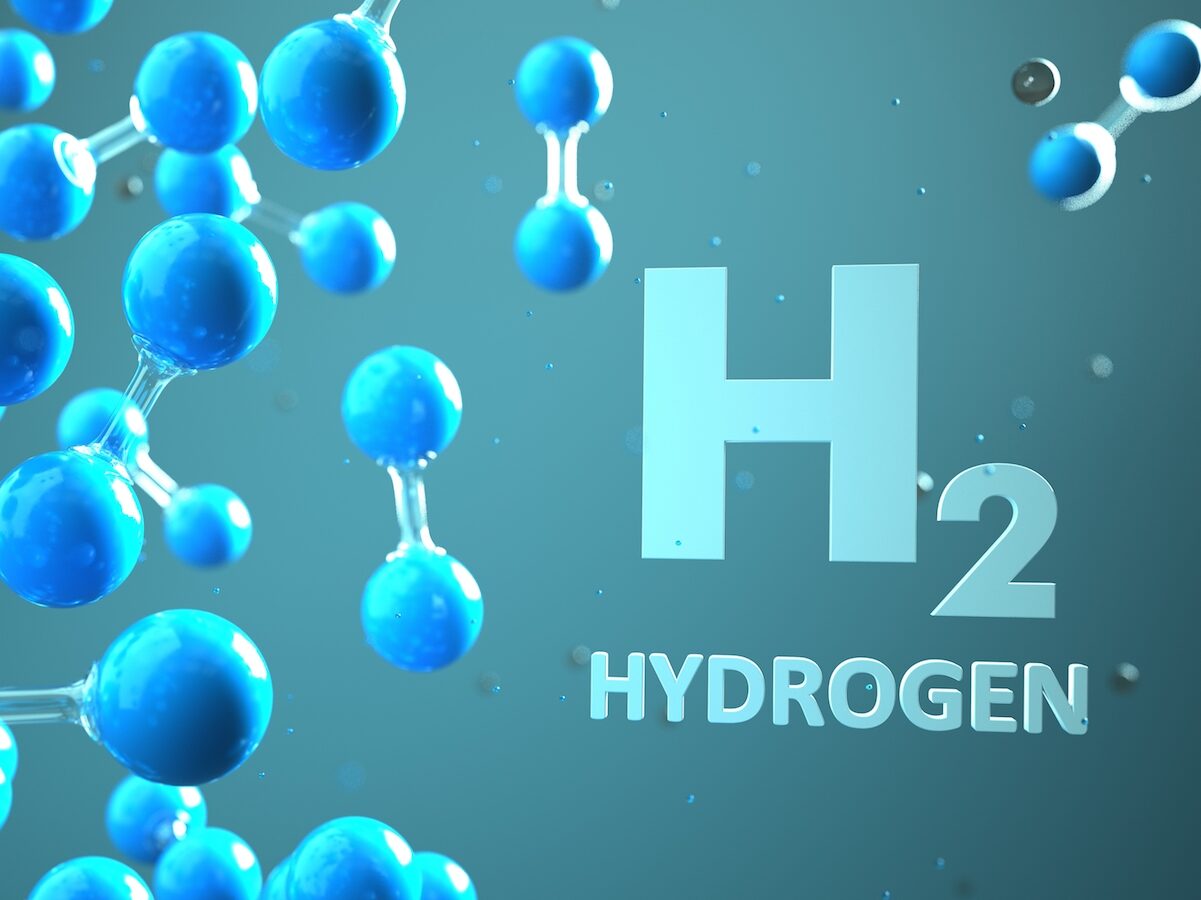
Hydrogen is the latest buzz for meeting the world’s energy needs. It is another–and some say important–tool for meeting decarbonization goals. For utilities, hydrogen is being discussed as a way to decarbonize heating, lower power plant emissions and utilize excess renewable generation. Existing gas infrastructure could theoretically be used to transport hydrogen, lessening stranded costs.1 Still, questions must be answered about what will be competitive, safe and low-carbon. Analytics will surely play a role in planning for a future that includes hydrogen.
Not all hydrogens are created equal
Hydrogen, in itself, is a clean fuel. Manufacturing hydrogen fuel, however, is energy-intensive and has carbon byproducts. What is now called brown hydrogen is created through coal gasification. The process for producing grey hydrogen from natural gas throws off carbon waste. Blue hydrogen uses carbon capture and storage for the greenhouse gases produced in the creation of grey hydrogen.2 Green hydrogen production – the ultimate clean hydrogen resource – uses renewable energy to create hydrogen fuel. For example, water electrolysis used to produce long-duration hydrogen energy storage requires a lot of energy. That energy could come from renewables.
Wood MacKenzie has predicted that green or low-carbon hydrogen will become cost-competitive by 2040, given increased scale and lower costs of renewables, along with higher costs for producing brown, grey and blue hydrogen. That seems like a long way off. Still, utilities are no strangers to long-term planning.
Hydrogen questions, analytics answers?
Utilities will need to include all colors of hydrogen in their scenario planning, especially those with zero emissions commitments. Here’s a bit of speculation on where analytics might come into play:
· Replacing coal-fired generation plants. Intermountain Power Agency has announced that it will replace a coal-fired plant with “two natural gas-fired turbines that by 2025 will run on a mixture of 30% hydrogen and 70% gas before systematically increasing to 100% renewable hydrogen by 2045”.3 Which power plant retrofits make sense for the utility to invest in?
· Transporting hydrogen through gas pipelines for heating. A portion of the natural gas pipeline could be safety used to deliver both natural gas and hydrogen, according to some experts. Is there a new business model for gas utilities that includes selling hydrogen transport services? May particular sections of pipelines be vulnerable to potential leaks of a lighter fuel?
· Taking advantage of (excess) renewable energy. It is common knowledge that resources are wasted when demand occurs when renewable resources are not producing. What are the optimal locations in the service territory for manufacturing hydrogen using renewable energy? Are there viable business models for utilities partnering with others to use offshore wind to manufacture hydrogen for sale to energy-intensive industries?4
· Meeting peak demand. Utility service territories may have infrequent peak demand that requires bringing on additional resources, such as peakers. Can hydrogen be a substitute for peakers? Or serve the peak when renewables are not available?
· Impacting electrification plans. Hydrogen has been posited as a more efficient means of providing fuel for heavy duty transportation. Hydrogen long-haul trucks are quicker to refuel and can be refueled at depots. Electric batteries are heavy and take up space that could be used by cargo. What impact will hydrogen-fueled trucks and buses have on transportation electrification plans and associated electric demand for the service territory?
Of course, there are plenty of researchers and consultants looking at these questions to apply in specific regions of the country. Still, there are considerations specific to a utility’s energy resource mix and demand patterns. Utility analytics practitioners will be called upon to provide data (at the very least) and analytics support to inform planning.
1 Hydrogen fuel cells are not new to utilities. In 1997, DTE Energy, along with Mechanical Technology Incorporated, founded startup Plug Power. Plug Power’s original market was the use of hydrogen fuel cells to power forklifts.
2 Equinor advocates this approach.
3 Plan Advances to Convert Utah Coal Fired Plant to Run on 100 Percent Hydrogen with Storage, March 2020.
4 Latest Shell Offshore Wind Bid Would Power Green Hydrogen Cluster, May 2020















